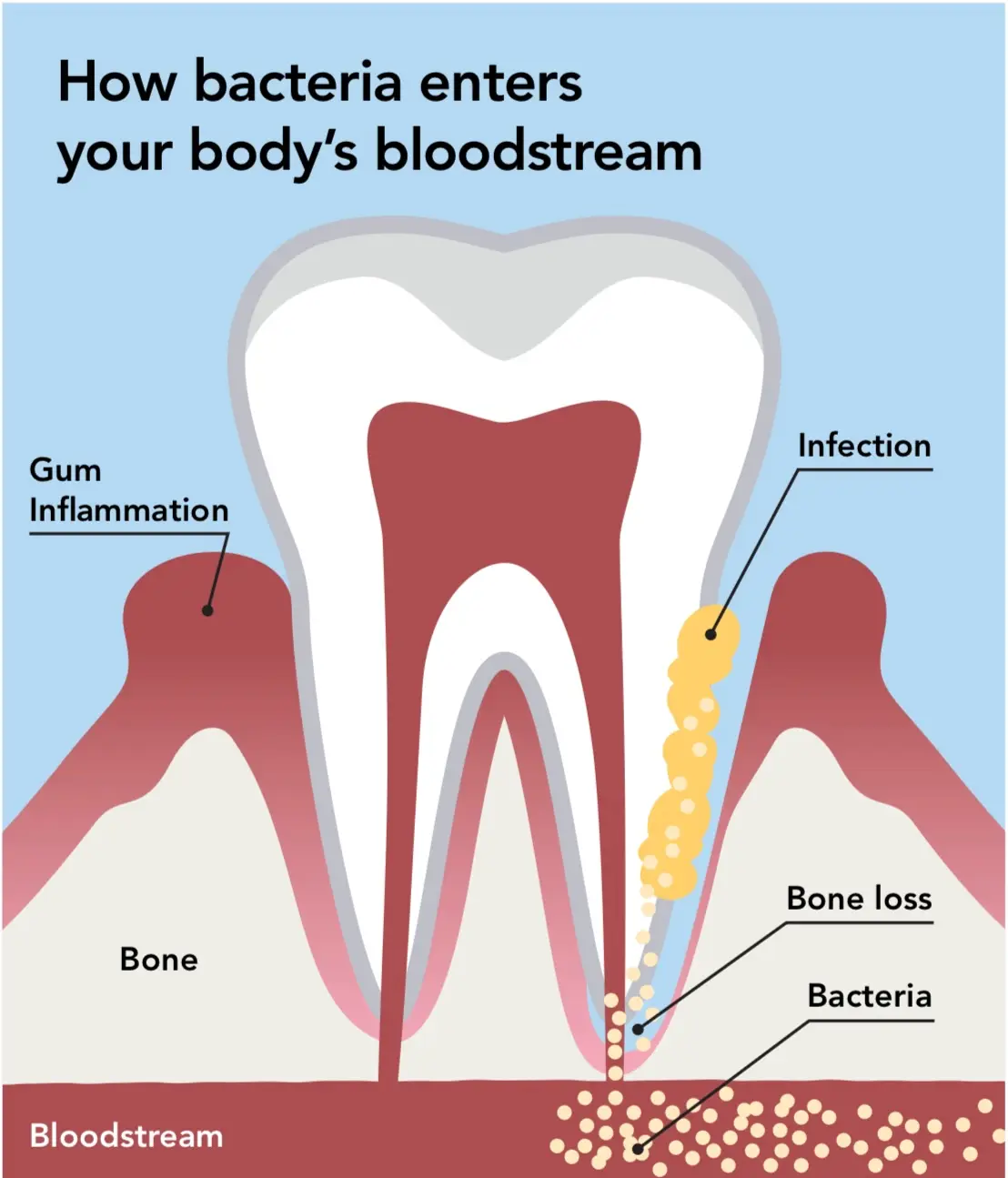Our oral health affects many areas of our body. In this post we’d like to bring attention to Odontogenic sinusitis.
Once an oral infection spreads to the sinuses, it can become serious and potentially dangerous if not treated promptly.
This infection happens with untreated tooth abscesses (especially upper molars), where the infection can break through the bone and enter the maxillary sinuses.
(The roots of the upper molars and premolars are located very close to the maxillary sinuses. In some people, the roots can even protrude into the sinus cavity.)
***A sinus infection that originates from a dental issue is called odontogenic sinusitis.***
Symptoms Might Include:
- Facial pain or pressure (especially around cheeks and eyes)
- Swelling in the face
- Foul-smelling or bad-tasting nasal/post-nasal drainage
- Fever
- Tooth pain
- Nasal congestion or discharge
Why It’s a Problem:
- The sinuses are close to critical structures like the eyes and brain.
- If left untreated, the infection could spread further, potentially leading to:
- Orbital cellulitis (infection around the eye)
- Osteomyelitis (bone infection)
- Meningitis (infection of brain/spinal cord)
- Brain abscess (rare but life-threatening)
Treatment Usually Involves:
- Antibiotics (topical compounded anti-infectives, oral, or IV depending on severity) based on the findings from an advanced diagnostic.
- Dental treatment (root canal or extraction of the infected tooth)
- ENT/ID intervention
- Imaging/CT scan is often used to assess the extent.
If you or someone you know is dealing with this kind of issue, it’s important to see a specialist as soon as possible (ENT, ID, Dentist, Oral Surgeon, Endodontist, or Periodontist- for severe cases).



